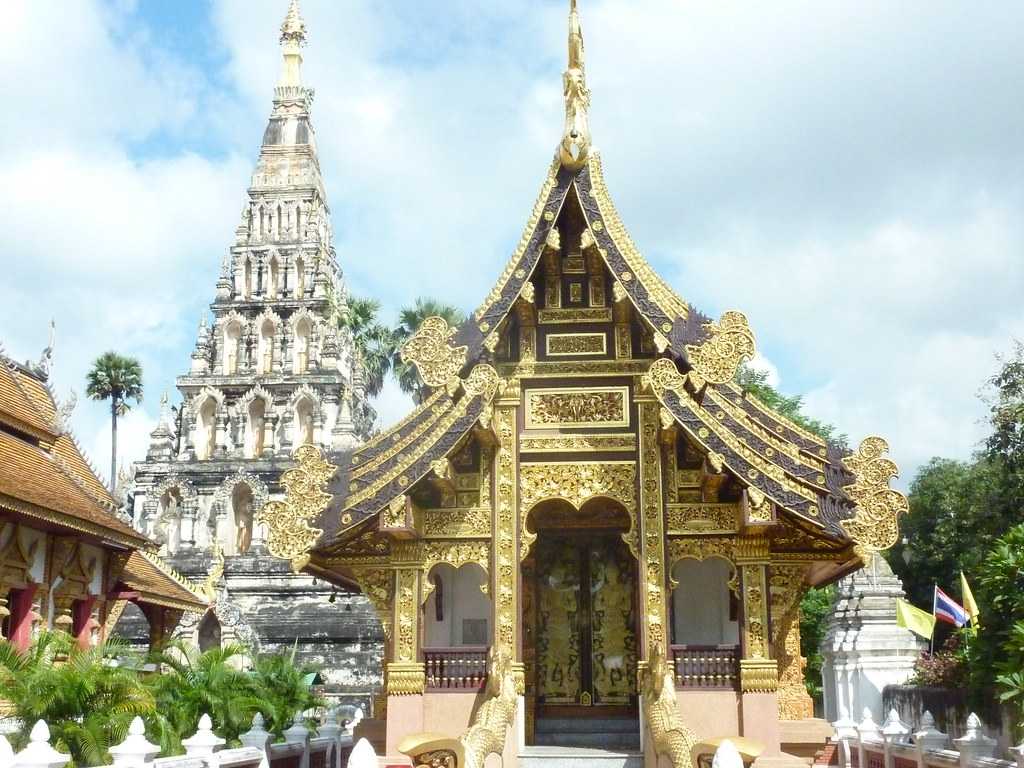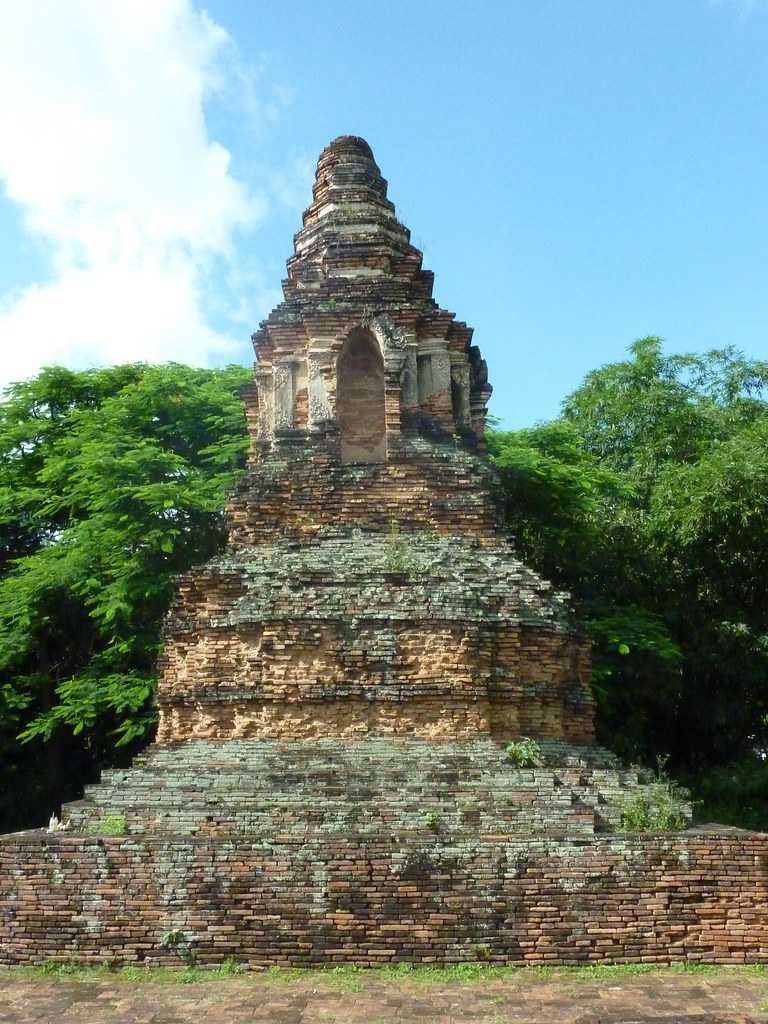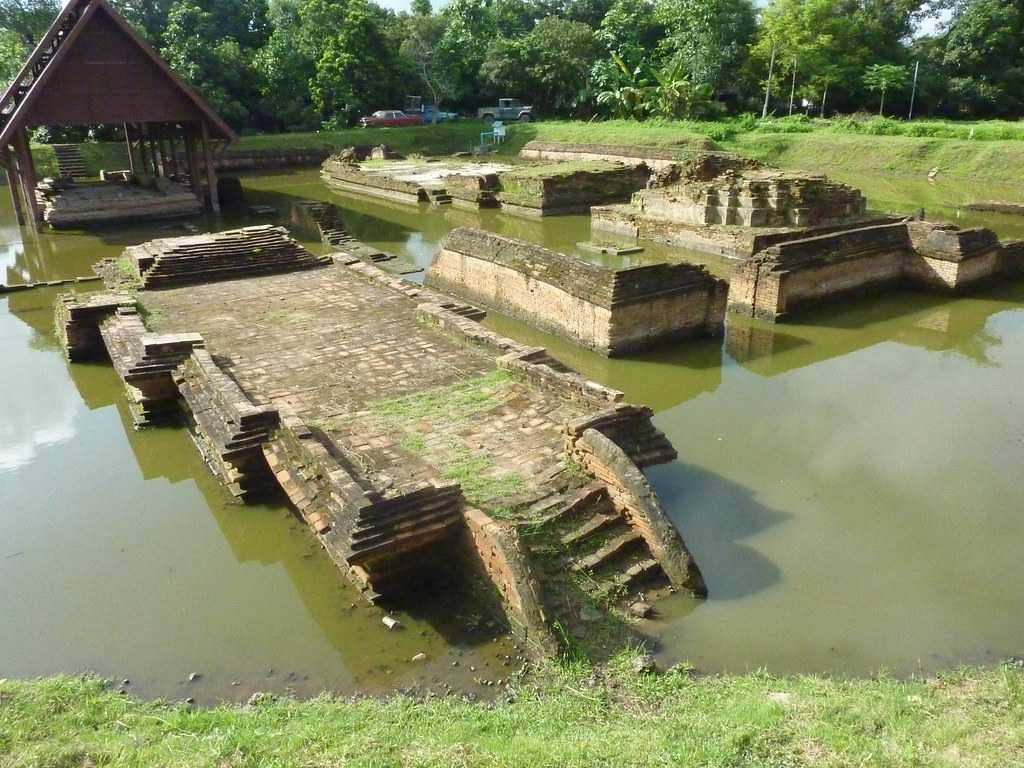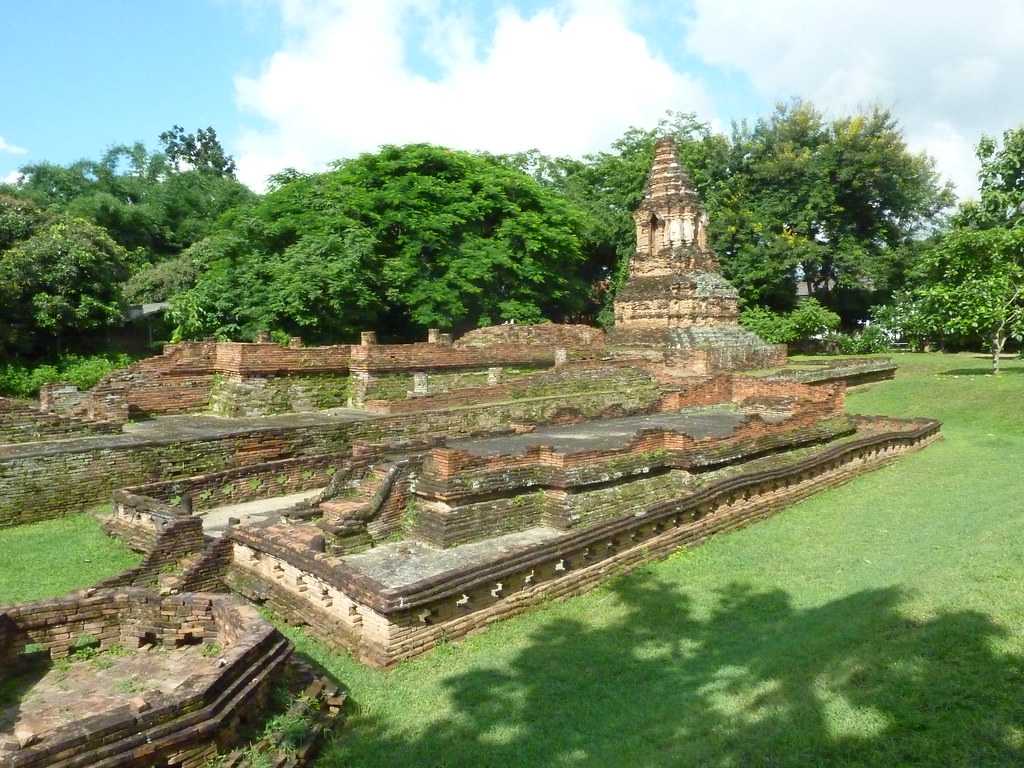Wiang Kum Kam
Tags : Historical Site
Entry Fee : No Entry Fee
Timings : 8 AM to 5 PM
Wiang Kum Kam, Chiang Mai Overview
Lying on the outskirts of Chiang Mai is the lost city of Wiang Kum Kam. An archaeological site, the city of Wiang Kum Kam, was located on the banks of the Ping River and was once the capital city of the Lanna kingdom. Abandoned in the 16th century due to the flooding of the river, the remains of the city were only discovered in the 1980s.
Today the ruins of the city are found about 5 km south of Chiang Mai. Though not much remains of some ruins, there are also quite a few magnificent landmark structures of the Wiang Kum Kam, such as the Wat Chedi Lam and Wat Chang Kham that are worth taking a look at. The historical and architectural significance of the city is undoubtedly its most priced attraction.
Read More on Wiang Kum Kam
Highlights of Wiang Kum Kam

The only temple where monks still reside and carry out religious activities, the Wat Chedi Liam or the temple of the squared pagoda, is a five-layered Chedi or Buddhist temple pagoda. The square or angular chedi structure is guarded by a lion on each corner of the chedi and hence is believed to have been copied from another chedi at Wat Phra That Hariphunchai in Haripunchai or modern-day Lamphun. The spire, however, was recreated in the early 1900s by the Burmese.
2. Wat Chang KhamFound within the part of the working temple, is Wat Chang Kham or Elephant-prodded temple which consists of elephant figures supporting the structure. The structure is believed to contain the spirit of King Mengrai.
3. Wat I KhangAnother temple found amongst the ruins, the Wat I Khang or the Langurs’ Temple was built in the 16th or 17th century.
4. Wat Nan Chang
Excavated in 2002-2003, this 16-17th century temple provides some evidence of the flooding. Inundated with sediments of 1.8 meters it is believed that this temple was built facing the Ping River, which later changed its course.
5. Wat Phra Chao Ong DamThis temple of the black-bodied lord gets its name from a bronze Buddha statue that is burnt.
6. Wat Phaya Mangrai
The temple contains the figure of Mangrai the Great and is named after it.
The 16-17th century temple, Wat That Khao is named after the erstwhile chedi which was lime plastered. The Wat That Noi is also known as the Temple of the Little Reliquary.
8. Wat Pu PiaAlso, known as the temple of the Old Man Pia, this structure is relatively in good shape compared to the other ruins of the site. The layout and stucco work is still the same in many parts.
Apart from the ruins, there are other attractions to check out at the Wiang Kum Kam site.- The Cultural and Local Wisdom Learning Center exhibits artefacts from the Lanna kingdom and their traditional homes.
- Wiang Kum Kam Information centre is home to pottery, earthenware and artefacts found at the site.
History of Wiang Kum Kam

King Mangrai built the old city of Wiang Kum Kam towards the end of the 13th century. It was made the capital of his kingdom after the victory of the Mon people kingdom, which lies in modern Lamphun today. However, Wiang Kum Kam was prone to repeated flooding, and soon the capital was shifted to Chiang Mai.

Wiang Kum Kam flourished under King Mangrai’s rule until the capital was shifted. It is believed that the River Ping changed its course and flooded the entire city. In 1984 the Department of Fine Arts happened to discover the remnants around Wat Chang Kham, and it was later that excavations began. More than 1000 chedis, bricks, stone slabs and various artefacts have been discovered over the years.
